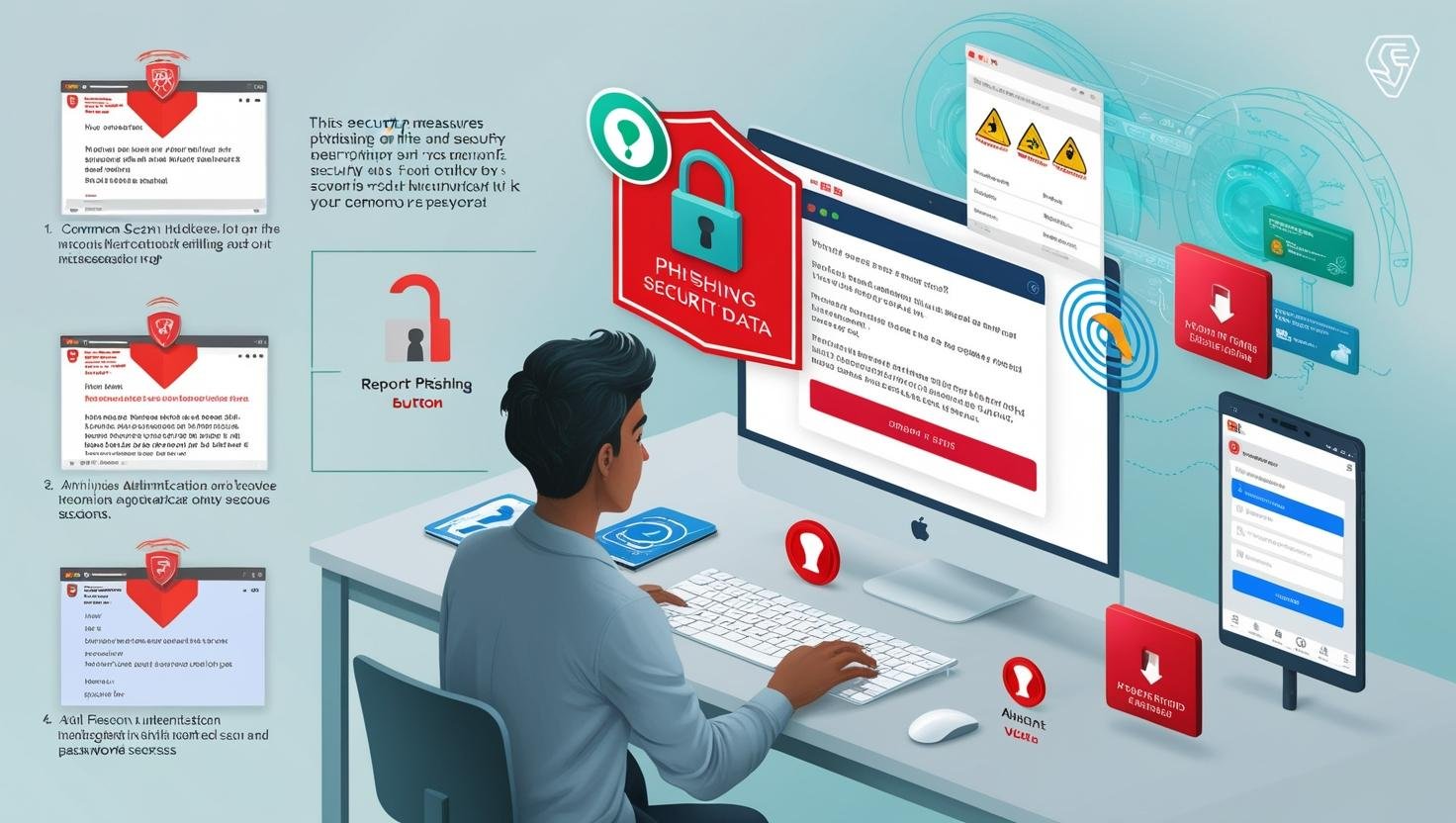In today’s digital world, phishing attacks and scams are more common than ever. These deceptive practices aim to trick you into giving away personal information, such as passwords or credit card numbers. But don’t worry—there are several steps you can take to protect yourself. Here’s a guide to help you stay safe from these online threats.
What is Phishing?
Phishing is a type of cyber attack where scammers pose as trustworthy entities to steal your sensitive information. They often send emails, text messages, or create fake websites that look legitimate. These messages usually ask you to click on a link or provide personal details, such as login credentials.
Common Signs of Phishing Scams
- Suspicious Emails or Messages:
- Look out for messages from unknown senders or those that create a sense of urgency, such as claiming your account will be locked unless you act immediately.
- Misspellings and Poor Grammar:
- Many phishing attempts contain spelling mistakes, awkward phrasing, or grammar errors. Legitimate organizations usually have professional communication.
- Unexpected Attachments or Links:
- Be cautious of unexpected attachments or links. Hover over the link (without clicking) to see if it leads to a suspicious or unfamiliar website.
- Requests for Personal Information:
- Legitimate companies will never ask for sensitive information like passwords or credit card numbers via email or text.
How to Protect Yourself
- Verify the Source:
- If you receive a message or email from a company or person you know, contact them directly using a trusted method to verify if the communication is genuine.
- Use Strong, Unique Passwords:
- Create complex passwords for your accounts and avoid using the same password for multiple sites. Consider using a password manager to keep track of them.
- Enable Two-Factor Authentication:
- Two-factor authentication (2FA) adds an extra layer of security by requiring a second form of verification, such as a text message code, in addition to your password.
- Keep Software Updated:
- Regularly update your operating system, browsers, and security software to protect against the latest threats and vulnerabilities.
- Be Cautious with Public Wi-Fi:
- Avoid accessing sensitive information or conducting financial transactions over public Wi-Fi networks, as they can be less secure.
- Educate Yourself and Others:
- Stay informed about the latest phishing tactics and share this knowledge with friends and family. Awareness is a powerful defense against scams.
What to Do if You’ve Been Scammed
- Report the Incident:
- Contact your bank or credit card company immediately if you suspect your financial information has been compromised. They can help you secure your accounts.
- Change Your Passwords:
- Change passwords for any accounts that may have been affected. Ensure that new passwords are strong and unique.
- Monitor Your Accounts:
- Keep a close eye on your financial statements and online accounts for any unauthorized transactions or changes.
- Report to Authorities:
- Report phishing attempts and scams to local authorities or relevant online platforms. Many countries have agencies dedicated to handling cyber crimes.
Conclusion
Phishing attacks and scams can be alarming, but by staying vigilant and taking proactive measures, you can protect yourself from these threats. Remember to verify sources, use strong passwords, and keep your software updated. By following these steps, you’ll be better equipped to guard against phishing and keep your personal information safe.
Stay informed, stay secure, and don’t let scammers get the best of you!
